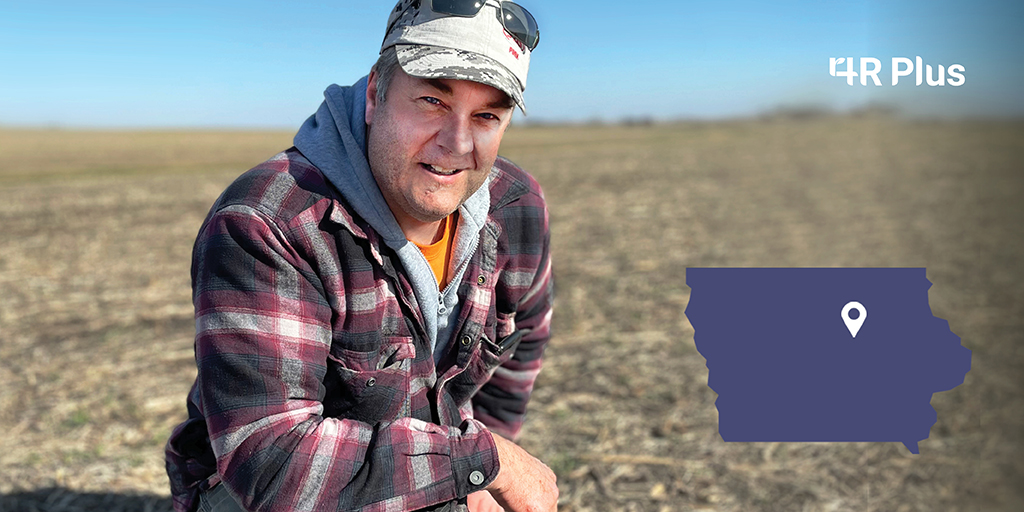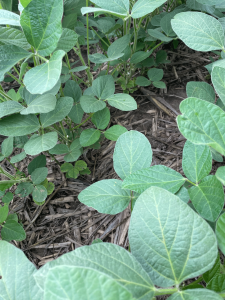
Grundy County farmer Dale Launstein’s planting season went fast. His no-till soybeans were planted by late April, and he finished planting strip-till corn the first week of May.
He planted everything into green cover crops, with the rye nearly waist high in some fields. “We waited for the rye to die before planting the non-GMO corn,” he said. “We planted the commercial corn and waited about a week to 10 days before we terminated. I’ve got a little smorgasbord going on this year.
“All the corn emerged and looked great but was slow to grow because it was cold in May,” he said.
Launstein’s soybeans didn’t grow as quickly as his neighbors’ tilled fields. “But I’ve seen this before, where the beans on the worked ground looked fabulous and you swear you should be doing it all that way,” he said. “But in the end, it doesn’t matter. It’s either a wash or you wind up winning with no-till.”
The mat the cover crops left in the soybean fields conserve moisture and help with weed suppression. But some of his neighbors were wondering if he had soybeans. “They were there and looked fine, they were just short,” he added.
Drought stress starting to show

Like much of Iowa, Launstein has seen below-normal rainfall this growing season. “We’re starting to see a few more bad spots showing up where the sins of the past are coming back to haunt some farmers – like a wet spot that needs tile or soil that’s compacted. I’m just thankful the soil is as good as it is here,” he said.
During the drought in 2012, Launstein averaged 180-bushel corn. He’s not sure he can get there this year. But On the Plus Side, he said the root system is deep and the shorter corn demands less moisture. “It might be less surface matter, but I don’t think it’ll reduce organic matter. If the roots are as big as I think they are, there’s a lot of organic matter in the ground, which is good for earthworms.
“The organic matter is a good food source, so the worms can make a lot of pores. Where we don’t smear the soil, once you get those big pores made, they’ll be there for a tremendously long time. They’ll make the ground that much more porous and soak up the water that much better. And Mother Nature has a way of making things even, so we’ll eventually get swamped with moisture and my soil will soak it in,” he continued.

No matter what happens in 2021, Launstein isn’t giving up on cover crops. “If it’s too dry for cover crops to grow this fall, they’ll grow in the spring,” he added. “And I don’t see any reason to quit because of the improved water infiltration.”
This summer he attended a workshop that demonstrated the impact cover crops have on the soil’s water-holding capacity. “At least I know that when we catch a shower, my soil holds the moisture and makes it available for crops and doesn’t run off the field.”
Experimenting with Winter Camelina
Launstein plans to plant Winter Camelina in two small fields. “I want to see if we can stop some of the rye penalty going into corn,” he said. “I’d like to see if there’s a way to plant into something else green and keep the soil benefits without the slight yield reduction.”
Launstein got the idea from researchers at the University of Minnesota. “I’ve always wondered if we could find some legume that would go in front of a corn crop that we could get to overwinter, that doesn’t have to be in quite as early,” he said. “That’s what I’m figuring out now – how to keep the cover crop economics in line with the good soil effects.”
Interested in learning more about Launstein’s farming practices and experiences with cover crops? Listen to his interview with Iowa Agribusiness Radio Network.
